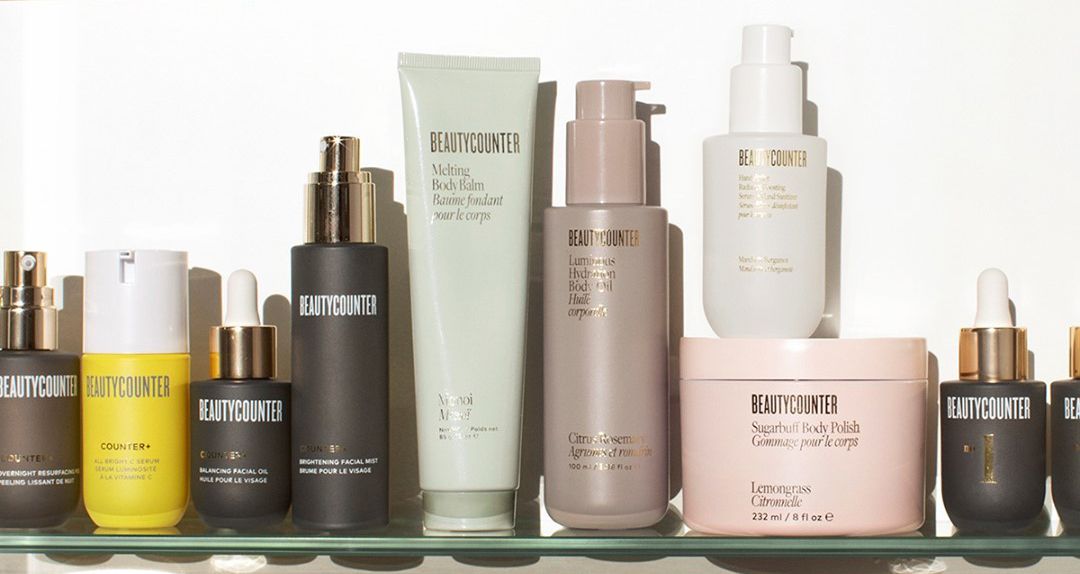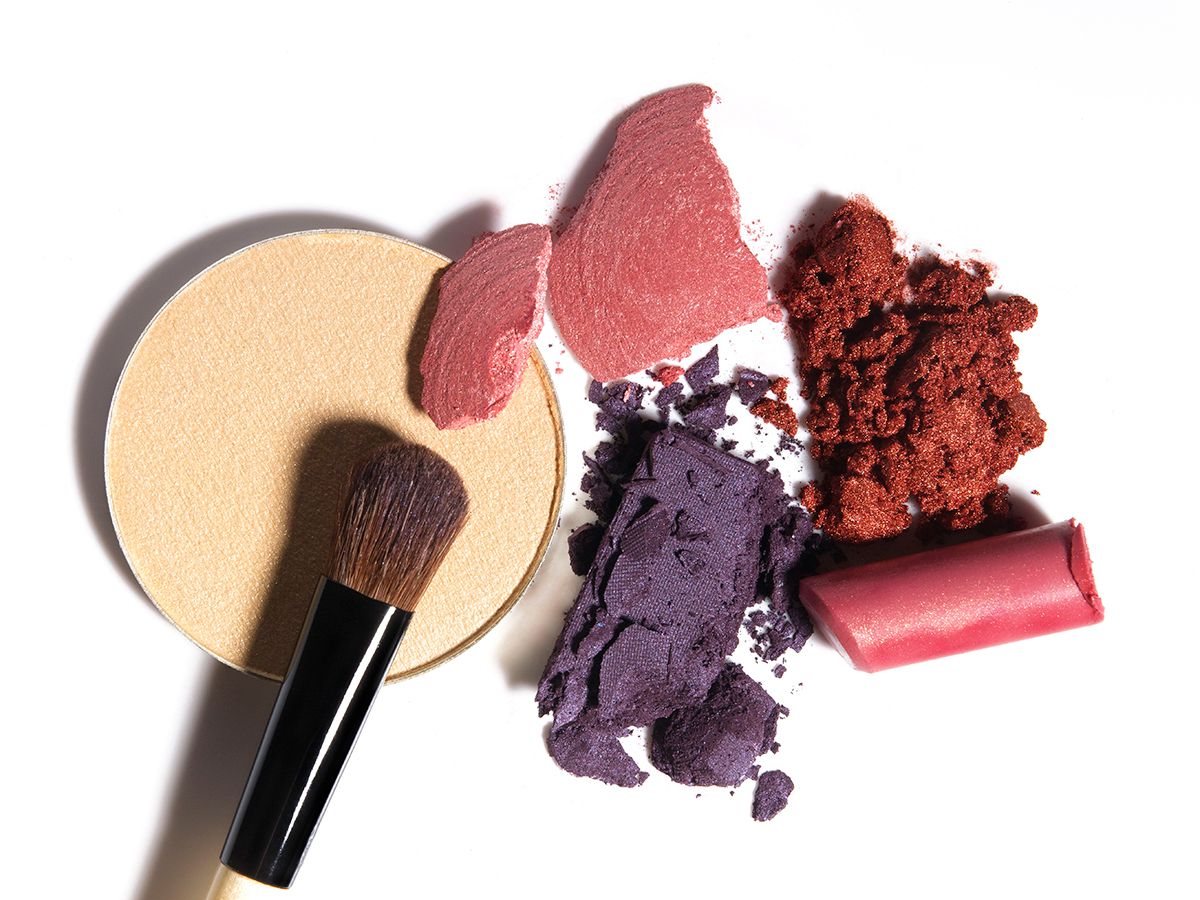9 of the Most Effective Ways to Treat Vitiligo

Vitiligo is an autoimmune condition that presents with areas completely void of pigment, meaning they appear white to the eye. It occurs in all skin types but is often most noticeable in darker skin tones due to the sharp contrast between the natural skin tone and the depigmented vitiligo skin.
Vitiligo occurs because of an immune system error. Typically your immune system can tell your normal cells from the cells of an intruder (say, a virus). Still, in an autoimmune disorder, such as vitiligo, the immune system actually responds and attacks your own cells. In the case of vitiligo, the immune system attacks the body’s melanocytes, which are cells that produce melanin. For this reason, most therapies are focused on quieting the overresponse of the immune system.
I sat down with my dear friend, fellow board-certified dermatologist, and skin of color expert Loren Krueger to discuss long-standing and newer, emerging therapies for vitiligo.
Krueger notes that when choosing the correct treatment for you, it’s important to be prepared to answer the following questions.
- What areas are involved?
- How often are you developing new lesions? When was the last time you developed a new lesion?
- Have any previous areas of involvement ever successfully regained pigment?
- What therapies have worked for you before?
- What therapies have not worked for you?
Meet the Expert
- Loren Krueger is an Assistant Professor of Dermatology at Emory University. She focuses on caring for those with pigmentary disorders, including vitiligo, as well as hair and scalp disorders. She also serves as the Associate Program Director for the residency and the Departmental Ambassador for Diversity, Equity, and Inclusion.
01
of 09
Topical Steroids
The mainstay of vitiligo treatment is the use of topical corticosteroids to the affected areas. Since vitiligo is caused by overactivity of the immune system, almost all treatment regimens include at least one anti-inflammatory. Topical steroids are among our most potent topical anti-inflammatories. When used under the guidance of board-certified dermatologists, this prescription treatment can be effective and well-tolerated. However, overuse can present potential side effects, including thinning of the skin.
02
of 09
Non-steroidal Anti-inflammatories
Topical steroids are great for areas of vitiligo on the body, particularly thicker areas such as the hands and feet; however, it is important to limit topical steroid use on sensitive areas such as the face and groin. For these areas, topical anti-inflammatories, such as calcineurin inhibitors, are a great option. They take a little more time to start working, but they provide topical anti-inflammatory results with fewer potential side effects than topical steroids. Krueger notes that she often alternates topical steroids with calcineurin inhibitors to maximize efficacy while minimizing side effects.
03
of 09
Light
It may come as a surprise, but dermatologists often use the beneficial effects of light to treat skin conditions, including vitiligo. The sun is comprised of multiple forms of light – including UVA, UVB, and visible light. Narrow band UVB therapy and excimer laser both contain a narrow spectrum of UVB light that provides anti-inflammatory and pigmentation properties without the increased risk of skin cancer than normal sunlight exposure.
For this treatment, patients come into the office two to three times a week for five to 10 minutes each. Depending on the extent of the vitiligo, the full-body or focal areas may be treated. The treatment is often well tolerated with minimum side effects. Krueger notes that phototherapy is an excellent option for those with stubborn patches of vitiligo that have not responded to topical therapy.
Of note, narrow band UVB and excimer laser are the opposite of tanning beds, containing carcinogenic UVA light.
04
of 09
Topical Vitamin D to Boost Light Therapy
Topical vitamin D may decrease time to repigmentation when used with phototherapy, but has not been clinically shown to provide significant results when used alone.
05
of 09
JAK-inhibitors
There is a newer class of anti-inflammatories hitting the market for vitiligo. JAK inhibitors can be found in both topical and oral formulations and work as strong anti-inflammatories to halt inflammation. Studies show very promising data for vitiligo. However, JAK inhibitors should always be used with the guidance of a board-certified physician, as there are potential side effects.
06
of 09
Surgical Treatment
You can consider surgical options for vitiligo that is stable but unresponsive. There are two forms of surgical treatment to treat vitiligo.
Tissue grafting involves moving skin from a normally pigmented area to the depigmented area. Cellular grafting involves a suspension of melanocytes that are interspersed throughout an affected vitiligo area.
These are excellent options for the right candidates, but there are a limited number of physicians who are qualified and trained to perform the technique.
07
of 09
Camouflage
Although camouflage is not a treatment for vitiligo, it is worth discussing as more and more people become confident and broad of their vitiligo skin. Camouflage created an opportunity to cover the vitiligo as frequently as desired—Dermablend is a cosmetics company that was initially founded by a dermatologist and his make-up artist wife to create cosmetically elegant camouflage options for vitiligo patients undergoing treatment.
08
of 09
Oral Steroids
Oral corticosteroids, such as prednisone, are not a long-term treatment option for vitiligo but are used to stop the progression of rapidly progressing vitiligo. You can then manage the stabilized condition with one or multiple of the above treatment options.
09
of 09
Natural Supplements
Krueger notes that alpha-lipoic acid and ginkgo may provide some benefit.









